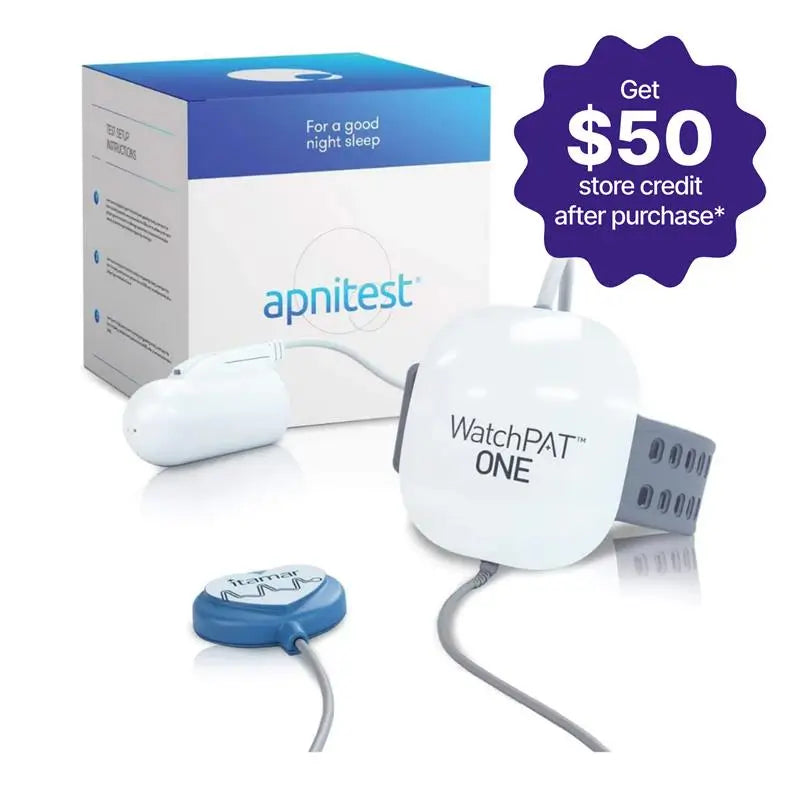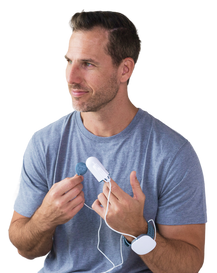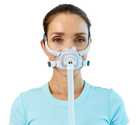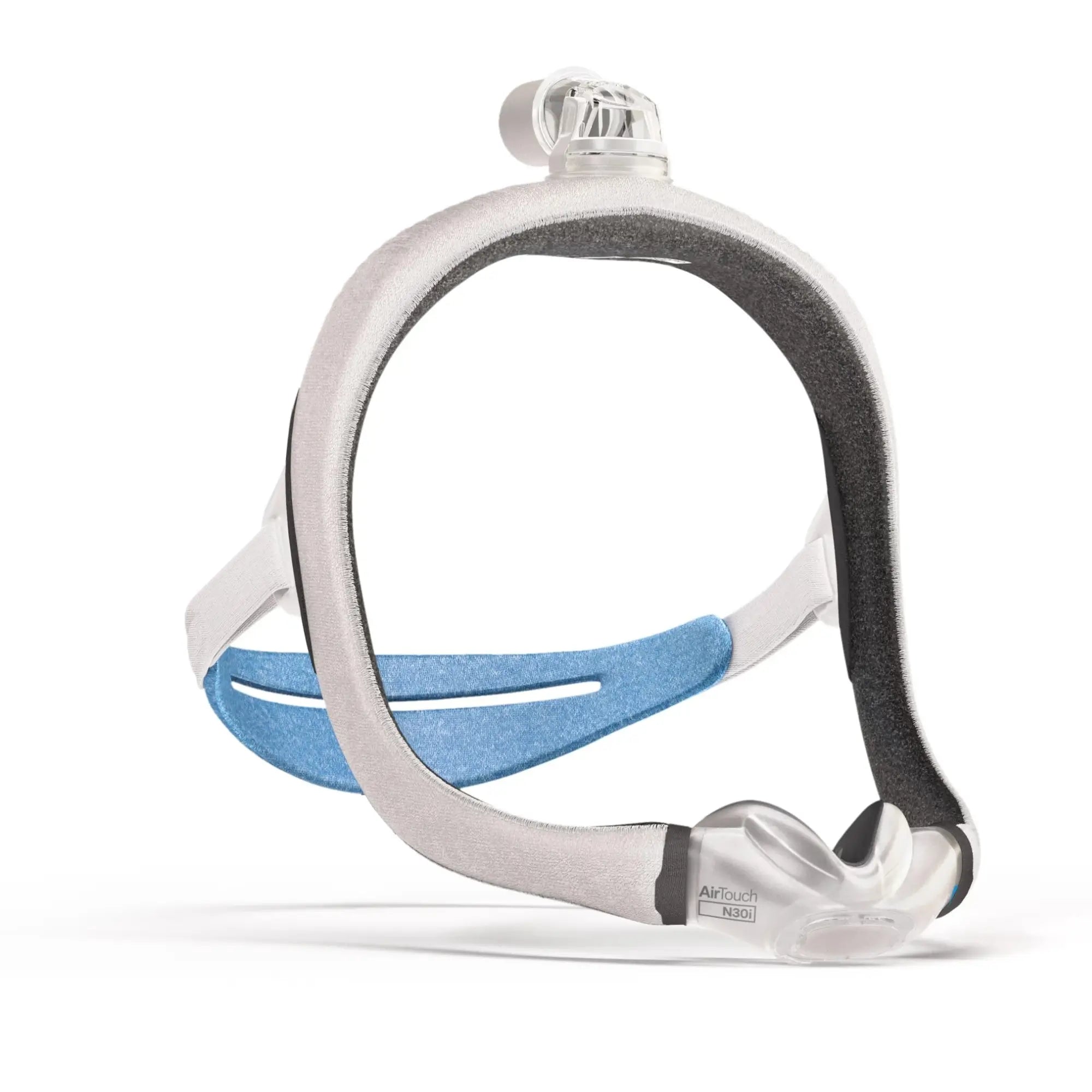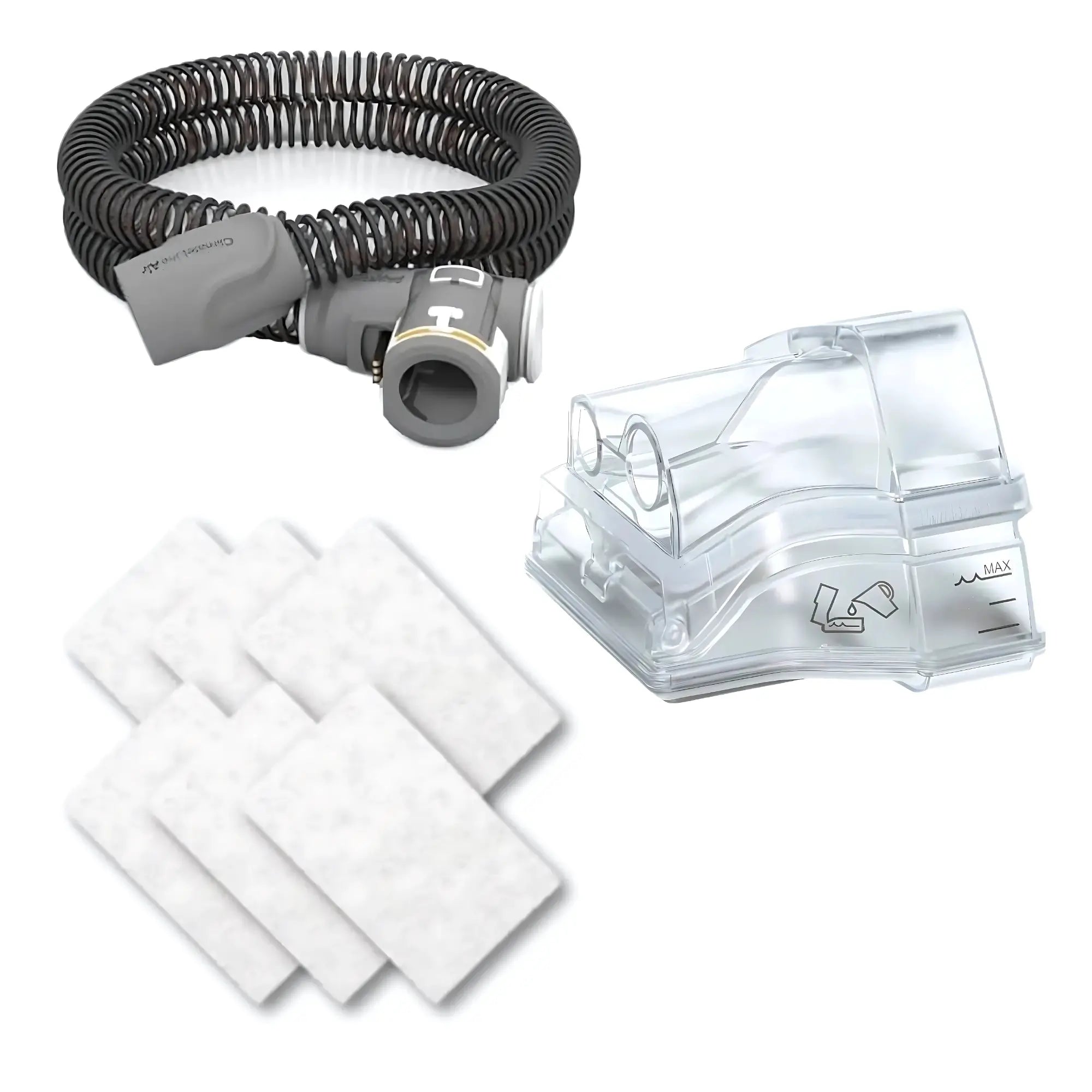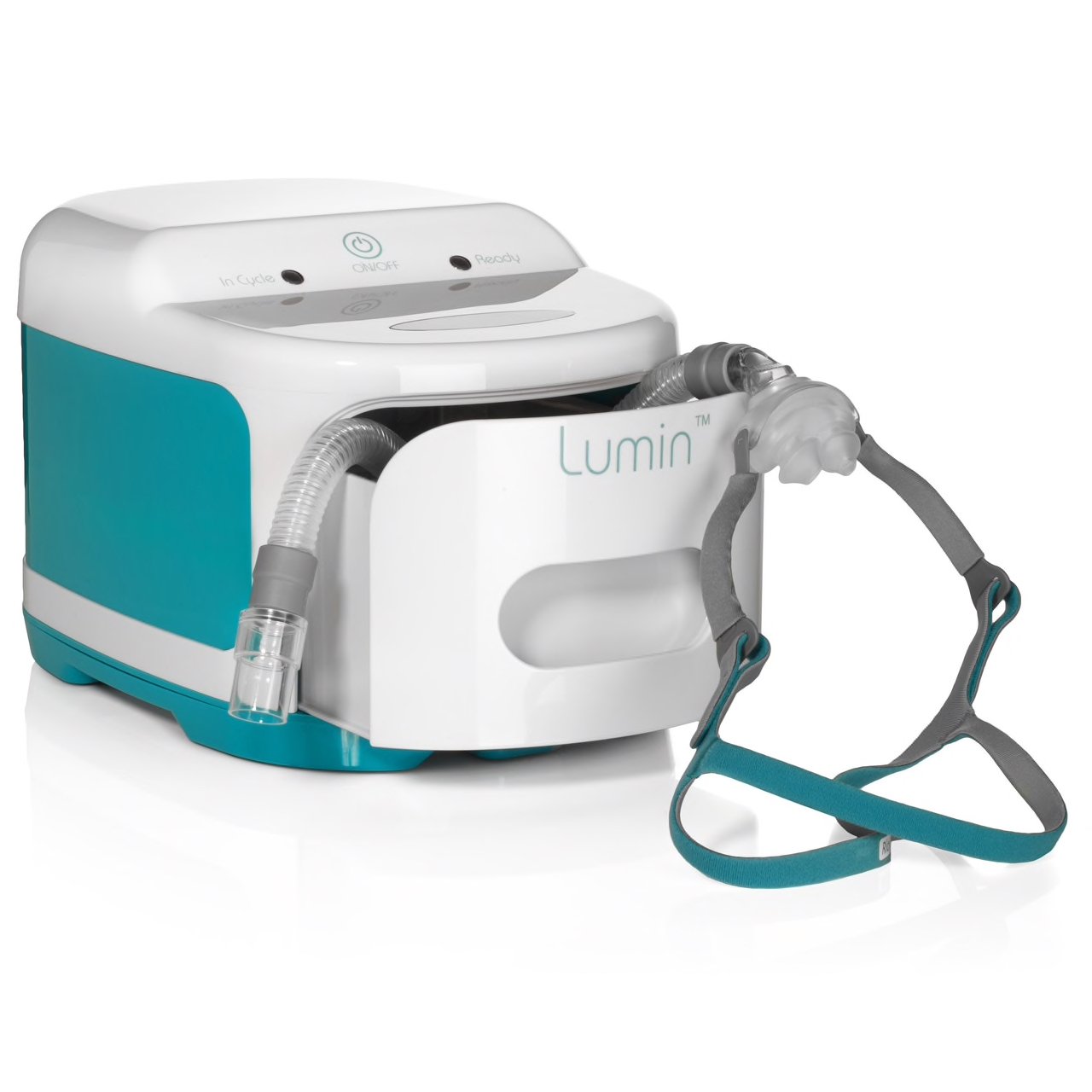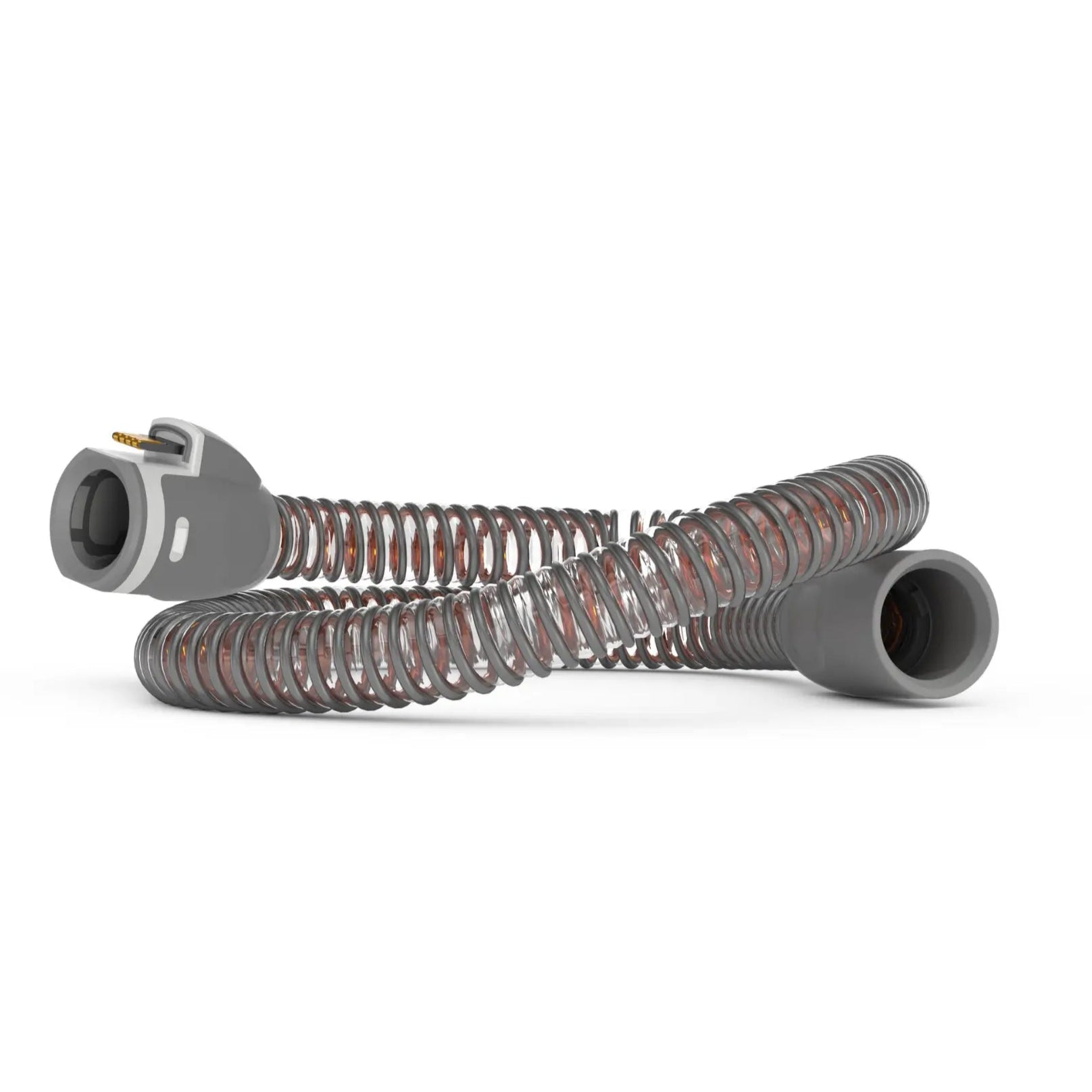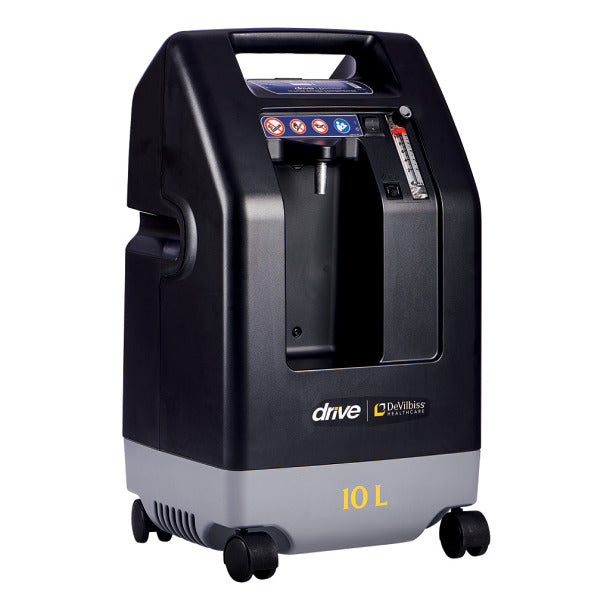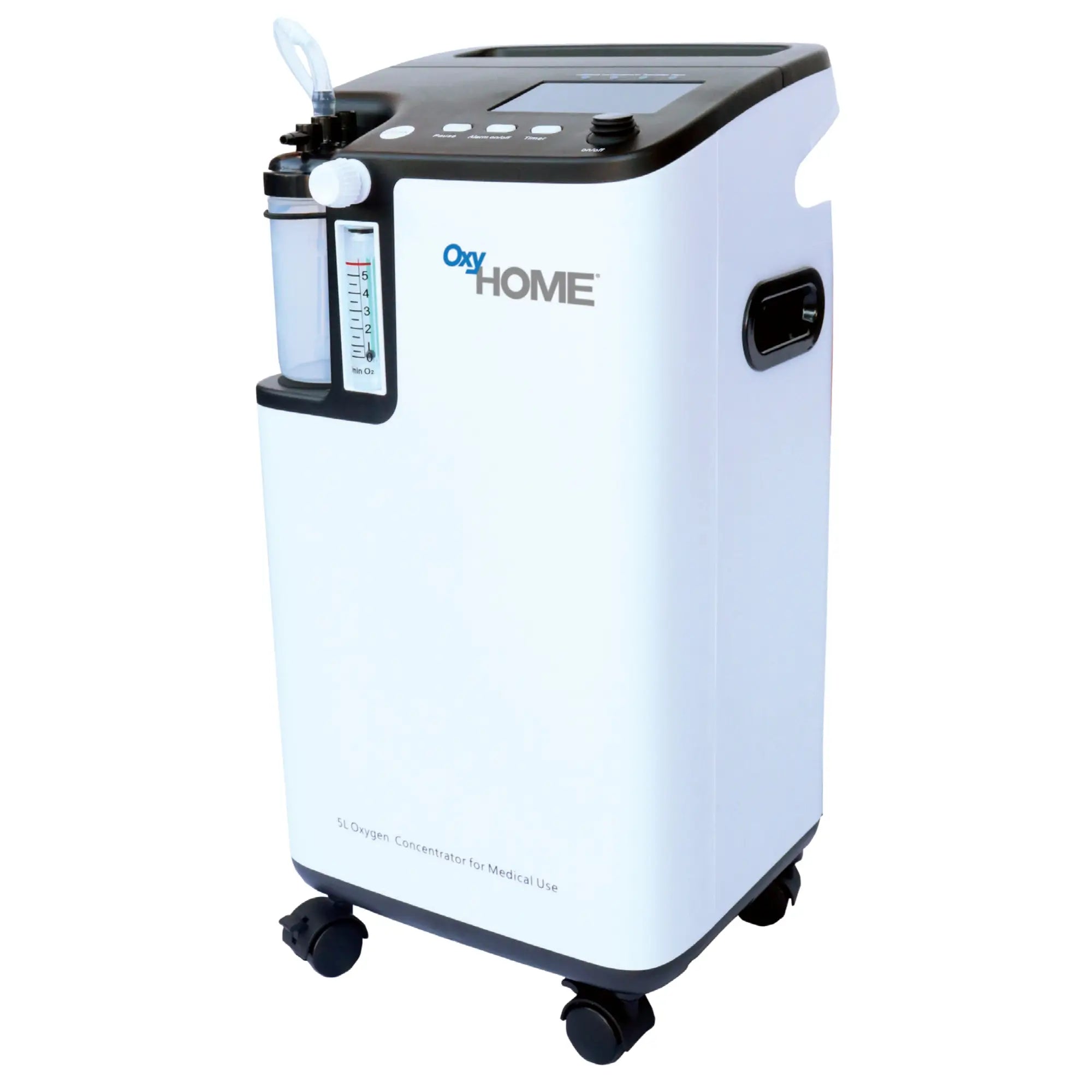Researchers from Mayo Clinic announced back in 2006 that they discovered a new form of sleep apnea. Even though all sleep apneas are associated with breathing problems during sleep, different conditions have different causes, and thus, different treatment plans.
For a while, there have been two known types of sleep apnea, including obstructive sleep apnea and central sleep apnea.
In obstructive sleep apnea, the more common form, the throat muscles relax, and the airway is narrowed, momentarily cutting off breathing and resulting in noisy snoring.
With central sleep apnea, the brain does not send proper signals to the muscles that control breathing.
Now, Mayo Clinic discovered a new type of sleep apnea: complex sleep apnea, which combines both obstructive and central sleep apneas.
Let's take a look at what this means in terms of diagnosis, treatment options, and prognosis.
Jump right into the good stuff:
- What is complex sleep apnea?
- A little background story
- How is complex sleep apnea diagnosed?
- Treatment options for complex sleep apnea
- What is the prognosis of the condition?
What is complex sleep apnea?
Complex sleep apnea, also known as treatment-emergent sleep apnea, is a mix of obstructive and central sleep apnea, a common sleep disorder.
Sometimes, complex sleep apnea syndrome is evident in an initial sleep study. Other times, it becomes apparent after the apnea does not resolve with a typical CPAP machine or other traditional OSA treatments.
The symptoms are similar to those of OSA and include:
- brief wakings from sleep
- daytime fatigue
- confusion on getting up
- headaches or dry mouth
- insomnia or poor quality sleep
At first, patients with complex sleep apnea appear to have obstructive sleep apnea syndrome (OSA) and stop breathing 20 to 30 times per hour each night.
But unlike typical obstructive sleep apnea patients, their breathing problem is not completely alleviated by a CPAP (continuous positive airway pressure therapy ) machine. Instead, the obstruction seems to dissipate, but still, they do not breathe properly. Symptoms of central sleep apnea then appear and fragmented sleep results due to frequent pauses in breathing.
A little background story
Complex sleep apnea is a unique clinical syndrome because not much information is available. Mayo Clinic discovered this form of sleep apnea back in 2006 when they noticed that some patients seemed to exhibit symptoms of a primary diagnosis of obstructive sleep apnea-hypopnea during their polysomnogram or sleep study or at-home test but then would stop breathing up to 30 times a night.
These patients presented an AHI ( apnea-hypopnea index) score of more than 5. They would not react to ventilatory responses such as continuous positive airway pressure or CPAP therapy either. The CPAP treatment would get rid of the obstructive event. However, they would still have issues with their breathing patterns.
The researchers working at the Mayo Clinic had seen this happen in their sleep labs for years and have seen these people struggle with the negative side-effects like daytime sleepiness.
Still, in 2006, they were finally able to conduct a split-night sleep study to categorize these people. People with complex sleep apnea experience obstructions in their airways, but they exhibit breath-holding when using CPAP therapy, causing them to stop breathing (central sleep apnea).
How is complex sleep apnea diagnosed?
The exact pathophysiology or cause of this sleep-related breathing disorder known as complex sleep apnea is still unknown since they vary from person to person, so diagnosing it can be tricky.
Patients with complex sleep apnea syndrome present with obstructive sleep apnea (OSA) features but demonstrate the instability of upper airway tone and unstable, chemosensitive ventilatory control leading to repetitive central apneas or periodic breathing during sleep.
A sleep study or polysomnography and several follow-up tests to determine any underlying conditions such as heart disease, congestive heart failure, or atrial fibrillation form part of the diagnosis process of complex sleep apnea (CSA).
Most commonly, it is diagnosed in:
CPAP patients: in some patients, it becomes apparent after CPAP therapy does not work as it should. It can also happen in patients who use CPAP therapy, and their CPAP titration airflow levels are either too low or too high.
Genetic predisposition: predisposition due to instability in their breathing or insomnia may lead to the development of the condition.
Males: a Mayo Clinic sleep medicine specialist named Timothy Morgenthaler noticed that males have a higher prevalence of developing complex sleep apnea due to males having less stable respiratory control than females.
People with low carbon dioxide levels: complex sleep apnea has also been observed in people with low carbon dioxide levels.
Cheyne-stokes respiration patterns: characterized by patterns where they breathe faster and deeper, followed by a period where they stop breathing, making it impossible for them to fall into REM sleep.
Hypoventilation: due to obesity may increase the risk for complex sleep apnea as well as cause desaturation.
Treatment of Complex Sleep Apnea Syndrome
Patients with complex sleep apnea experience obstructive and central sleep apnea symptoms, meaning they suffer from obstructions in their airways and have periods where they stop breathing, which is why it's considered a 'mix.'
CPAP therapy
CPAP therapy successfully eliminates the upper airway obstruction. Still, it may also cause the patient to have periods where they essentially experience periodic breathing or hold their breath in their sleep, which would trigger central sleep apnea syndromes, and their pulmonary ventilation would decrease.
Some data also suggest using combined PAP therapy with oxygen, carbon dioxide, or the addition of dead space may seem efficient. Still, the data is not sufficient to routinely recommend these methods.
ASV or adaptive servo-ventilation
Complex sleep apnea patients may use ASV or adaptive servo-ventilation to treat central sleep apnea and is similar to CPAP. However, the pressure levels are set according to the patients' input using a device that constantly adjusts itself.
The American Academy of Sleep Medicine analyzed patients' progress when they switched from CPAP therapy to ASV therapy and found that treatment adherence improved. Because the device continuously adjusts itself to meet the patient's needs, the discomfort often reported by PAP patients is avoided altogether since the machine's pressure changes are subtle in a way that makes the patient feel comfortable.
Adaptive servo-ventilation, which provides both a minimum pressure to hold the airway open and a precisely calculated ventilatory assist to minimize cyclic hypoventilation and hyperventilation, has emerged as a leading treatment.
Whenever the ASV machine detects abnormalities in breathing, it intervenes with just enough support to maintain the patient's breathing at 90% of what had been normal for that patient prior to the abrupt change in breathing. When the patient's breathing problem ends, the machine re-adjusts itself to the patient's normal breathing pattern.
When the patient's breathing is stable, ASV provides just enough pressure support to provide an approximate 50% reduction in the work of breathing for the patient, therefore making the therapy much more comfortable for the patient.
ASV is NOT for the Following Types of Patients
- Patients with chronic and profound hypoventilation.
- Patients with moderate to severe chronic obstructive lung disease.
- Patients with chronically elevated partial pressure of carbon dioxide on ABG (arterial blood gas) (> 45 mm Hg).
- Patients with restrictive thoracic or neuromuscular disease.
BiPAP Therapy
Bilevel positive airway pressure or BiPAP has also been proven effective in some people suffering from CSA. Noninvasive ventilation using bilevel positive airway pressure in the spontaneous-timed mode also may regulate ventilation in some patients.
Medications
Medications such as acetazolamide by stimulating breathing seemed to work where PAP therapy did not. These treatments may enhance the quality of life for many complex sleep apnea sufferers. Make sure you speak to your healthcare provider about which option is best for you.
What is the prognosis of the condition?
Seeing as the condition has been recently discovered, the prognosis associated with complex sleep apnea remains unknown. There is research suggesting that individuals are unlikely to develop significant hypercarbia or hypoxia to the detriment of pulmonary circulation, however patients with high blood pressure or cardiovascular failure are at a higher risk of developing adverse health effects.
A study of sleep-disordered breathing and nocturnal cardiac arrhythmias in older men documented that the likelihood of atrial fibrillation increased along with the severity of sleep-disordered breathing.
Different forms of sleep-disordered breathing were associated with different types of arrhythmias.
However, treating the underlying cause and using effective protocols to lessen the symptoms of complex sleep apnea are steps in the right direction to improve health and quality of life.
In review
Sleep apnea can affect the quality of life if left untreated. Finding the correct treatment includes identifying which type of sleep apnea you have for a successful approach.
Discuss your symptoms and risk factors in-depth with your doctor or sleep medicine specialist. With great support and the correct treatment, your quality of life should be greatly improved.


